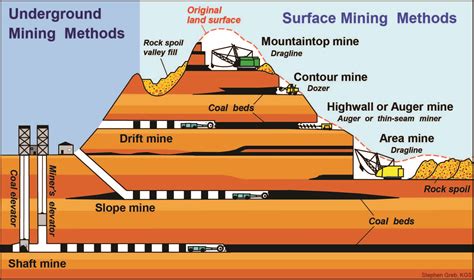The Conundrum of Concurrent Block Mining in Bitcoin
In Bitcoin’s consensus mechanism, miners are responsible for validating new transactions and adding them to the blockchain. The current algorithm requires a miner to select one block as the “candidate block” by solving a complex mathematical puzzle (proof-of-work) using specialized hardware known as graphics processing units (GPUs). However, there is an intriguing aspect to consider: can multiple candidate blocks be mined concurrently?
To delve into this question, let’s break down the process step by step:
- Mining process: Every 10 minutes, a miner fetches the transaction pool from the
tx_mempooltable and processes them.
- Create candidate block: The miner uses specialized software (e.g., C++) to create a new block based on the transactions it has processed. This block is called a “candidate block.”
- Proof-of-work: To validate the candidate block, miners use a complex algorithm that requires significant computational power and energy expenditure. In practice, this leads to a single miner controlling the network’s consensus.
- Broadcasting

: The selected candidate block is then broadcasted to the Bitcoin network.
Now, let’s address the question: can multiple candidate blocks be mined concurrently? To understand this concept, we need to consider the following:
- Network latency: When miners fetch transactions from the
tx_mempool, they receive a snapshot of the current state of the blockchain. This means that all miners have access to the same data at any given moment.
- Proof-of-work complexity: The proof-of-work algorithm is extremely complex, making it difficult for multiple miners to converge on a single candidate block within 10 minutes.
Despite these challenges, let’s examine some theoretical scenarios:
- Network fragmentation: In a scenario where multiple miners attempt to mine simultaneously, the network can become fragmented. This occurs when different miners receive conflicting data from the
tx_mempool, causing them to diverge in their calculations.
- Miner synchronization: Even if multiple miners are attempting to mine concurrently, they can still synchronize with each other through communication and coordination.
Conclusion
While it is theoretically possible for multiple candidate blocks to be mined concurrently, this would require significant coordination between miners. However, the current consensus mechanism is designed such that only one block can be selected as the “winner.” The likelihood of concurrent mining is low due to network fragmentation, miner synchronization, and proof-of-work complexity.
In summary, while it is theoretically possible for multiple candidate blocks to be mined concurrently, this would require significant coordination among miners. The current consensus mechanism ensures that only one block is selected as the winner, making it difficult to imagine a scenario where multiple candidate blocks are added to the blockchain at the same time.
References
- Bitcoin Core [Documentation](
- Bitcoin Network Protocol Specification [RFC 2106](
